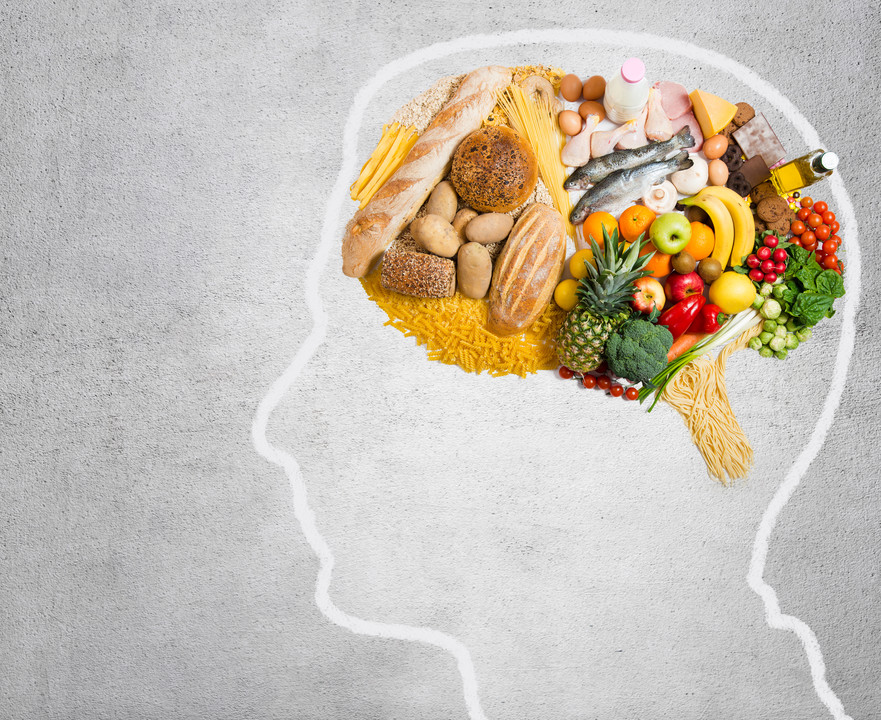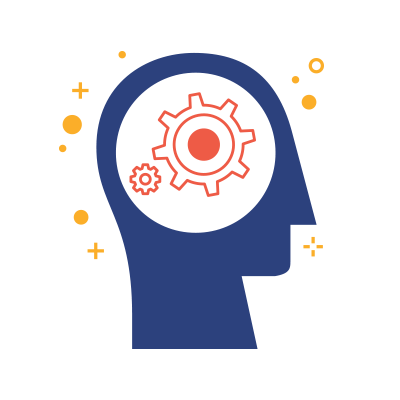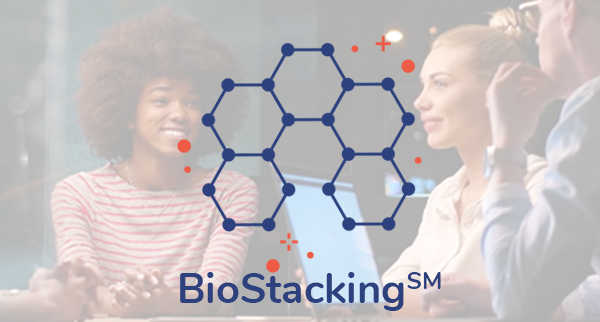Wellness Trends at Meetings
According to the Global Wellness Institute, the wellness industry currently generates $4.2 trillion in revenue annually and is growing at a rate of 6.4% per year. A wellness mindset is permeating the global consumer consciousness. And as people increasingly embrace wellness, it has become a dominant part of our lifestyle profoundly influencing consumer behavior and expectations. Whether it is choice of foods, a focus on mental wellness and reducing stress, incorporating movement into daily life, or creating more purposeful and meaningful connections, Wellness, for more people, is evolving from occasional to routine, from episodic to essential, from a luxury to a every day lifestyle value.
This trend has begun to influence tourism. “Now we find guests who are choosing their hotels, specific flight times, and destinations all based on improving their fitness levels — and creating a healthier experience — while away”, says Victoria Nickle, executive director of the California Health and Longevity Institute.
“Our hectic schedules and 24/7 mobile-focused lives are driving the need for self care and escapism”, said Bill Caswell, principal and hospitality practice leader at North Highland, a consultancy. Reacting to these demands, hotels have been upgrading fitness centers, providing outdoor nature areas including gardens where meeting attendees can escape for fresh air and a break from their ever-present smartphone screens. Other properties offer quiet zones, health-focused snacks, and unique in- room amenities.
The global meetings and events industry has also taken notice of the change in consumer expectations and is introducing wellness elements into their meetings. Some cost effective elements include more frequent breaks, mindfulness lounges, morning group fitness activities such as walking and yoga sessions, health conscious menus, and meditation offerings.
“We know from talking to our delegates and from attending other industry events that personal health and well-being can take a backseat during busy days on the show floor…. however, wellness elements are increasingly being incorporated into events — often in a big way.”, says Carina Bauer, CEO of the IMEX Group.
“When we all go to industry events or conferences….we need downtime…if we provide a white space moment, that will enhance how they take in that conference.” said Karla Bauman, director of event management at Experient, the global events company.
The ROI Question
Does providing wellness offerings at meetings and events space deliver a return on investment? To answer this question we must first define how do senior executives and planners measure ROI for meetings.
It turns out that your ROI measurement approach depends on the type of meeting.
· If you're seeking face-to-face interaction with prospective customers to pitch and sell your product, your ROI will be based on new revenue.
· If you're hosting a future incentive event to reward your top distributors, your ROI will be based on the sales performance in your top tiered producers.
· If you have an internal product launch event then your ROI will be based on knowledge retention and new product revenue.
· And if you are hosting a national sales meeting with the goal of strengthening your team through networking and sharing of ideas, then your ROI will be based on employee engagement metrics.
Confusing? Absolutely. However, hidden underneath these examples is hint of the real answer.
· Converting prospects into clients requires their attention and trust.
· Earning the loyalty of your top distributors is promoted by, not only financial incentives but also via, demonstrating that you care about their well-being.
· Employee product education and knowledge retention is enhanced with neuroscience tools such as meditation.
· And employee team building and idea sharing is accelerated with mindfulness exercises that foster connectivity and innovation.
Therefore, if meeting professionals can leverage wellness initiatives to support focus, memory, learning, connections, innovation, and a sense of well being, then a tangible ROI is in reach. So, this begs the question, what specific wellness initiatives can do this?
Neuroscience of Peak Performance
The best way to answer this is to explore the science of human performance. Over the past decade, the neuroscience of peak performance has been widely researched with state of the art tools leading to multiple discoveries. Scientists have found that all humans are innately designed to do their best. However, optimal performance is dependent on your state of mind. The state of mind most closely correlated with optimal performance is called the “Flow State” or “Flow” for short.
Flow can be thought of as ‘being in the zone.’ It is when your brain is supercharged, your productivity is off the charts with seemingly little effort, and you are experiencing a heightened sense of well-being. Flow is the state of consciousness where focus, memory, learning, empathy, connectivity, and innovation are all optimized. The good news is that this state of being has a specific neurobiological footprint in the brain that can be measured and even more importantly, this footprint can be reproduced on demand with certain specific interventions.
The three primary areas of intervention that can move your attendees closer to the Flow State are mindfulness, movement, and the science of recovery. The following is an overview of each.
Mindfulness - is simply living in the present moment. So what about the “now” is so powerful? In this highly distracting, overly stressed environment the average human spends 70% of their time worrying about the future or obsessing about the past. This activates the stress response, which negatively affects your mindset. Living in the present moment reduces this stress response, and therefore, improves your state of mind. If you’re looking to have your attendees operating at peak performance, mindfulness will help your attendees reach the top of your game. Below are the four main benefits of introducing mindfulness at meetings:
1. Mindfulness improves focus – by reducing mind wandering, sustaining attention, and increasing engagement in activities.
2. Mindfulness enhances cognitive performance – via promoting working memory, creativity, and learning.
3. Mindfulness addresses stress – through supporting emotional stability, neuroplasticity, and activation of the relaxation response.
4. Mindfulness builds relationships – by strengthening active listening, damping judgment, enhancing communication skills, and fostering teamwork.
Movement – When your body moves your brain grooves! Brain plasticity and cognitive function are significantly improved by physical activity. The significance of this association is even greater considering the sedentary behavior of our culture. In one study, a 20-min walk was connected to significant increases in neuroplasticity, working memory, and learning. Another study demonstrated that with only a 10 minute walk there was significant improvement in cognitive abilities.
Neuroplasticity is associated with the both the actual number as well as the connection strength between neurons. It is on this basis that we can explain why it is that exercise and physical activity positively increase cognitive–motor function. Of interest is the fact with physical activity it has been observed that brain-derived neurotrophic factor (BDNF) significantly increases. BDNF supports synaptogenesis in the basal forebrain and hippocampus, functions in areas fundamental to memory, learning, and thinking.
Science of Recovery – is based on the concept that in this overly distracting and highly stressed environment our body and mind needs to recharge through smart breaks, proper nutrition, and healthy sleep. Let’s take a brief look at all three.
· Smart breaks – promotes the phrase, “downtime is productive time”. Many attendees find it hard to take downtime. Yet downtime offers clear benefits for productivity, creativity, and wellness.
First, creating the space for downtime increases productivity. Subject to heavy workloads and never-ending to-do lists, it’s easy to put our heads down and charge through tasks. But driving too hard without breaks can make us less productive and less focused.
Second, employing downtime unleashes attendee creativity and innovation. Jonah Lehrer has written for The New Yorker about the virtue of daydreaming, and in his book Imagine notes the necessity of downtime for problem solving, saying, “While it’s commonly assumed that the best way to solve a difficult problem is to relentlessly focus, this clenched state of mind comes with a hidden cost: it inhibits the sort of creative connections that lead to breakthroughs.”
Thirdly, downtime can dramatically improve your attendees’ mental and physical health as well as foster stronger relationships with coworkers.
· Nutrition – What you eat affects your brain and your body. There is a growing body of research focusing on specific foods that enhance cognitive function. These foods are particularly rich in healthful components like omega-3 fatty acids, B vitamins, and antioxidants, which are known to support brain. Incorporating these foods into your meetings can improve the health of your attendee’s brain, which could translate into better mental function. Here are a list of the top 10 brain foods from Jim Kwik, a prominent brain health expert.
1. Avocado.
2. Blueberries
3. Broccoli
4. Coconut Oil
5. Eggs.
6. Green Leafy Vegetables.
7. Salmon/Sardines.
8. Turmeric.
9. Walnuts.
10. Dark Chocolate.
· Sleep
A lack of sleep at night can make you cranky the next day. And over time, skimping on sleep can mess up more than just your morning mood. Studies show getting quality sleep can benefit us in many ways.
First, when running low on sleep, you'll probably have trouble holding onto and recalling details. That's because sleep plays a big part in both learning and memory. Without enough sleep, it's tough to focus and take in new information. Your brain also doesn't have enough time to properly store memories so you can pull them up later. A proper night’s sleep helps your attendees to think clearly, remember information, and make decisions.
Second, sleep feeds creativity, synthesizes new ideas, and leads you to “ah ha” moments. Research shows that we need good sleep to feed our high-level, innovative thinking and problem solving abilities.
Third, another thing that your brain does while you sleep is process your emotions. When you cut that short, you tend to have more negative emotional reactions and fewer positive ones. Healthy sleep improves your mood, teamwork, and a sense of trust.
Forth, lack of sleep changes the way your immune cells work. They may not attack as quickly, increasing the chance of you getting sick.
Finally, a good nights rest increases your energy level and a lack of sleep keeps you from recovering leaving you with a worn-out feeling
Conclusion
When planners ask whether introducing “wellness” into meetings will deliver an ROI, the answer is it depends. If you choose “wellness” interventions that move the attendees’ mindset closer to the Flow State, then the answer is yes. Because when your attendee’s mindset moves toward the Flow State, they have a greater capacity for learning, collaboration, innovation, and inspiration – all the ingredients necessary for a successful meeting.
As corporations continue to invest in the well-being and development of their employees – meeting professionals interested in a true competitive advantage must start with the brain. By leveraging the neuroscience of human performance for their meetings they will foster a growth mindset and create meaningful and memorable experiences.



























